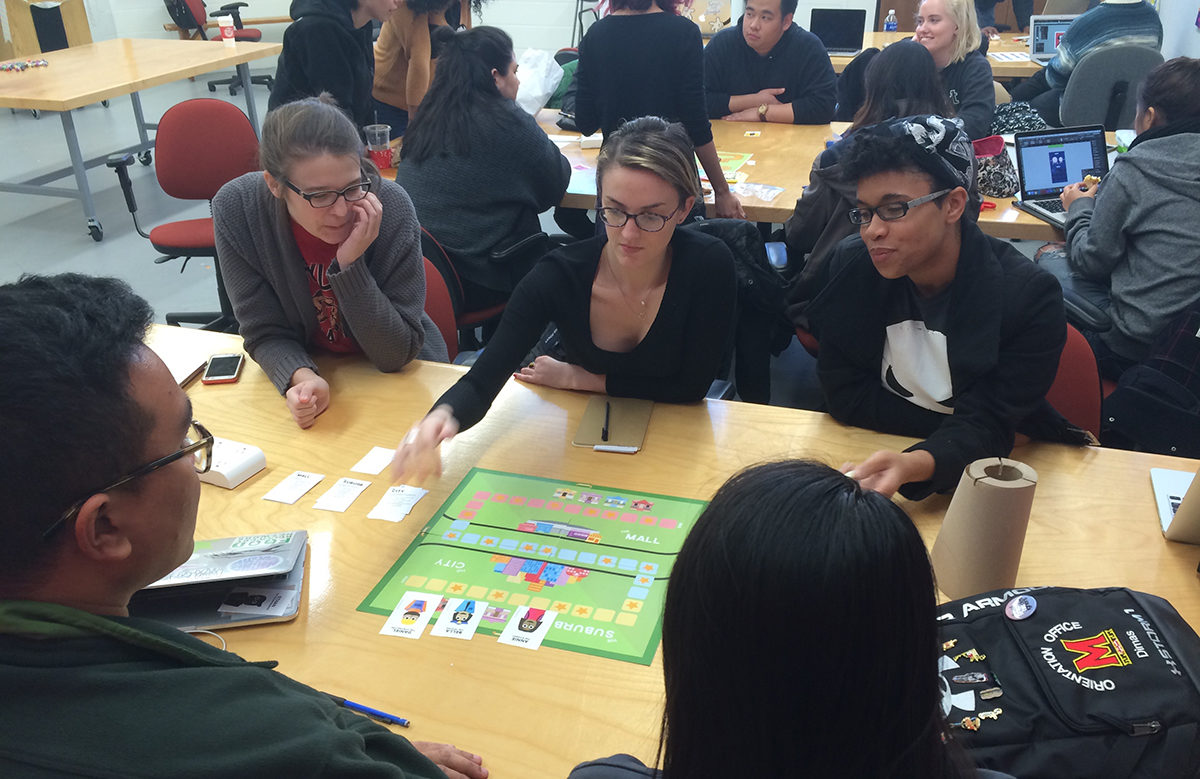Christine Lhowe
Assistant Professor
Seton Hall University
At the core of human-centered design are people. Grounded in empathy and driven by human needs, HCD has the power to improve quality of life for individuals and society. As our communities, environments, and global structures change, especially now during the COVID-19 pandemic, design must adapt to serve people within new contexts.
Our need to socially connect is the strongest evidence of our shared humanity. We are so highly interdependent on each other that isolation not only affects mental well-being but contributes to physical decline. In older adults, a population largely affected by loneliness, social isolation is associated with a 50% increased rate for dementia and other serious medical conditions.1
As a design practitioner and educator, my research focuses on cultivating meaningful connections through experiential design. With Me, an intergenerational toolkit was created to integrate older adults deeper into the fabric of society. As an analog kit, the fundamental purpose is to encourage people to spend time with one another.
In February 2020, With Me was in the last stages of production before implementation at a non-profit serving older adults across New York City. Social distancing requirements in mid-March put it indefinitely on hold. Caregivers were no longer able to do home visits. Family members were strongly recommended against visiting their loved ones. Loneliness in one of the most vulnerable populations to COVID-19 was magnified. When connection was needed most, With Me had to transition to a virtual solution.
This presentation is a case study on adaptation in an ongoing research project. It asks if we can replicate the benefits of physical time together while in a virtual world. It experiments with technology in a population that is often hesitant with using it. It explores how experiences may be designed for meaningful interactions across varying communication channels.
- Centers for Disease Control and Prevention (CDC). Loneliness and Social Isolation Linked to Serious Health Conditions. https://www.cdc.gov/aging/publications/features/lonely-older-adults.html
This research was presented at the Design Incubation Colloquium 7.2: 109th CAA Annual Conference on Wednesday, February 10, 2021.

